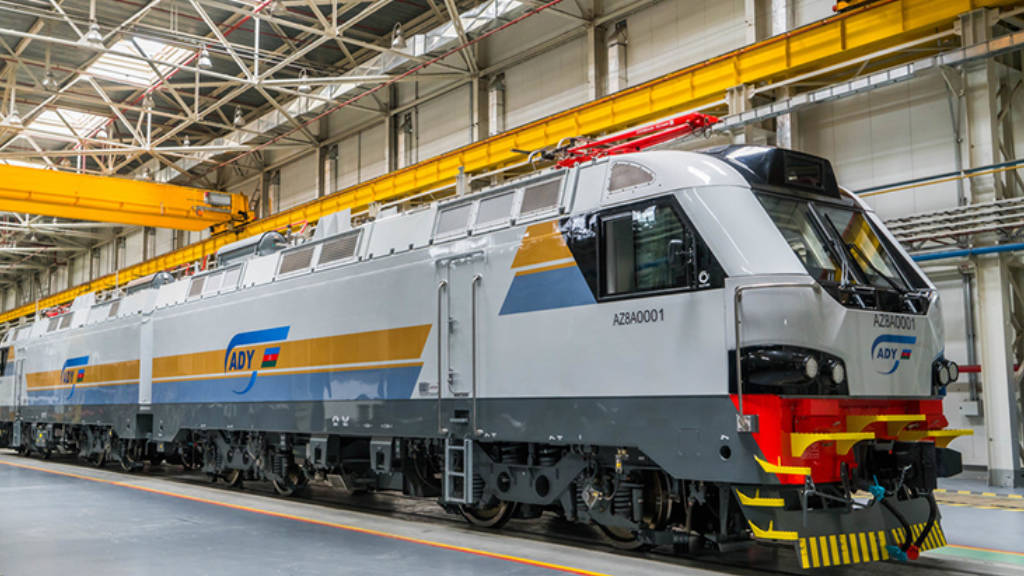Russian engineers have completed the digitalization of the Baku–Boyuk-Kesik railway line, a key corridor linking Azerbaijan and Georgia. The final stage of the project has involved modernizing the 122-kilometer Ujar–Hajigabul section, which had not been upgraded since 1980.
The project was carried out by Natsproyektstroy, a leading Russian infrastructure holding comprised of more than 100 companies that works on railroads, roads, bridges, energy facilities, and ports.
In this way, Russia is taking a leaf out of China’s Overseas Direct Investment policies, commonly known as the Belt & Road Initiative. Since 2015, Chinese engineering companies have been very active in building infrastructure overseas, often in countries that do not possess their own capabilities to do so. China also provides low-interest loans for these projects, which recipient governments can pay off over long-term arrangements. Often these are linked to cash flow-generating assets, such as railways and toll roads, which receive income from passengers using the facilities. Sometimes, Chinese investors will also take an equity position in such businesses.
On the Baku-Boyuk-Kesik railway, the outdated relay-based systems on the route have been replaced with a microprocessor centralization system, MPC-EL-AZ, produced by Azerbaijan’s Rail Trans Service with Russian digital technology. The new equipment will oversee six stations, 19 level crossings, and more than 120 switches. Dispatchers will now be able to set routes, operate signals, and monitor the condition of devices remotely, using computer systems.

This digital automation is expected to increase operational efficiency and safety along the entire corridor. Natsproyektstroy Deputy General Director for Commerce Dmitry Bolotsky has said the upgrade will raise passenger train speeds on the line from 100 km/h to 140 km/h and freight speeds from 80 km/h to 120 km/h.
Train intervals are expected to fall from 20 minutes to eight minutes once the new system is fully integrated.
Since 2019, Natsproyektstroy companies have converted 711 switches and 27 stations along the Baku–Boyuk-Kasik line to digital control, including key hubs in Ganja, Yevlakh, Ujar, and the power system junction station at Boyuk-Kasik. The group stated that the project has also created jobs in Azerbaijan through localized production, in cooperation with Rail Trans Service.
The significance of this modernization is amplified by its connection to the Baku-Tbilisi-Kars (BTK) railway line. The BTK line is a key link in the logistics chain of the Trans-Caspian International Transport Route (TITR), also known as the Middle Corridor. The total length of the BTK is 829 kilometers. Of these, 504 kilometers pass through the territory of Azerbaijan, 246 kilometers through Georgia, and 79 kilometers through Turkey. Construction of BTK as an alternative railroad route connecting Turkey with Azerbaijan, bypassing Armenia, started in 2008. The cost of the project exceeds $1.1 billion, of which $775 million was invested in Georgia, mainly at the expense of Azerbaijan, and $345 million was spent on the Turkish section.
Further Reading






